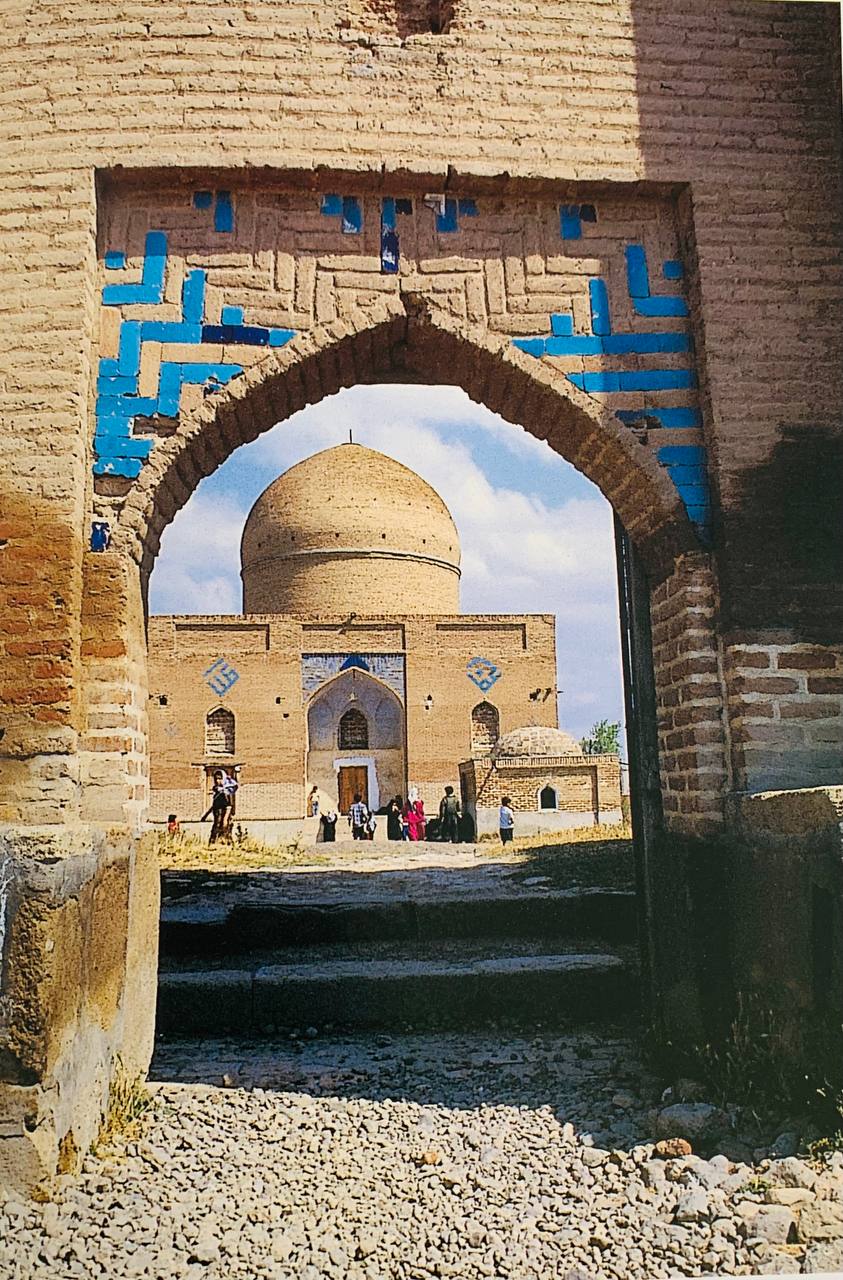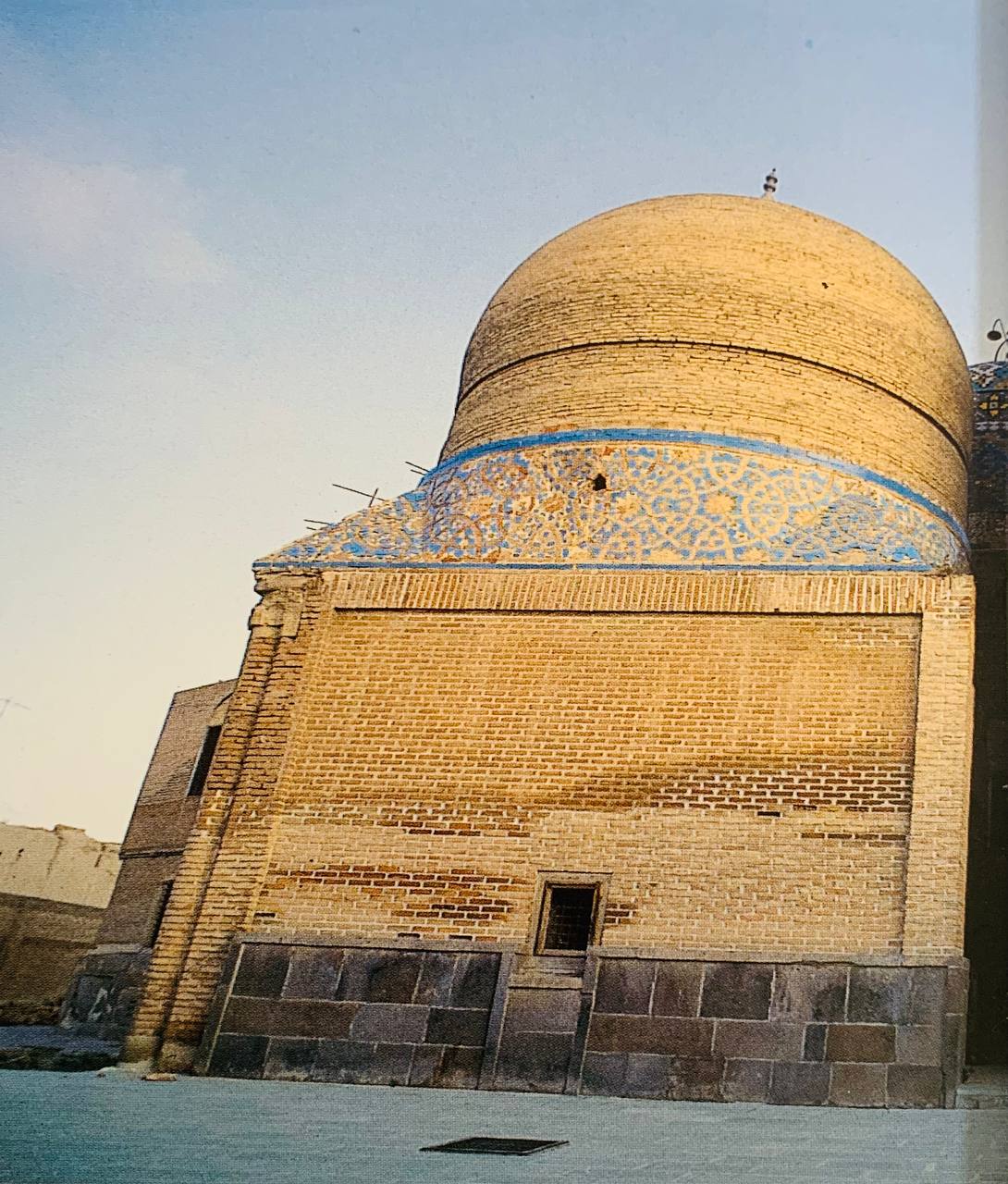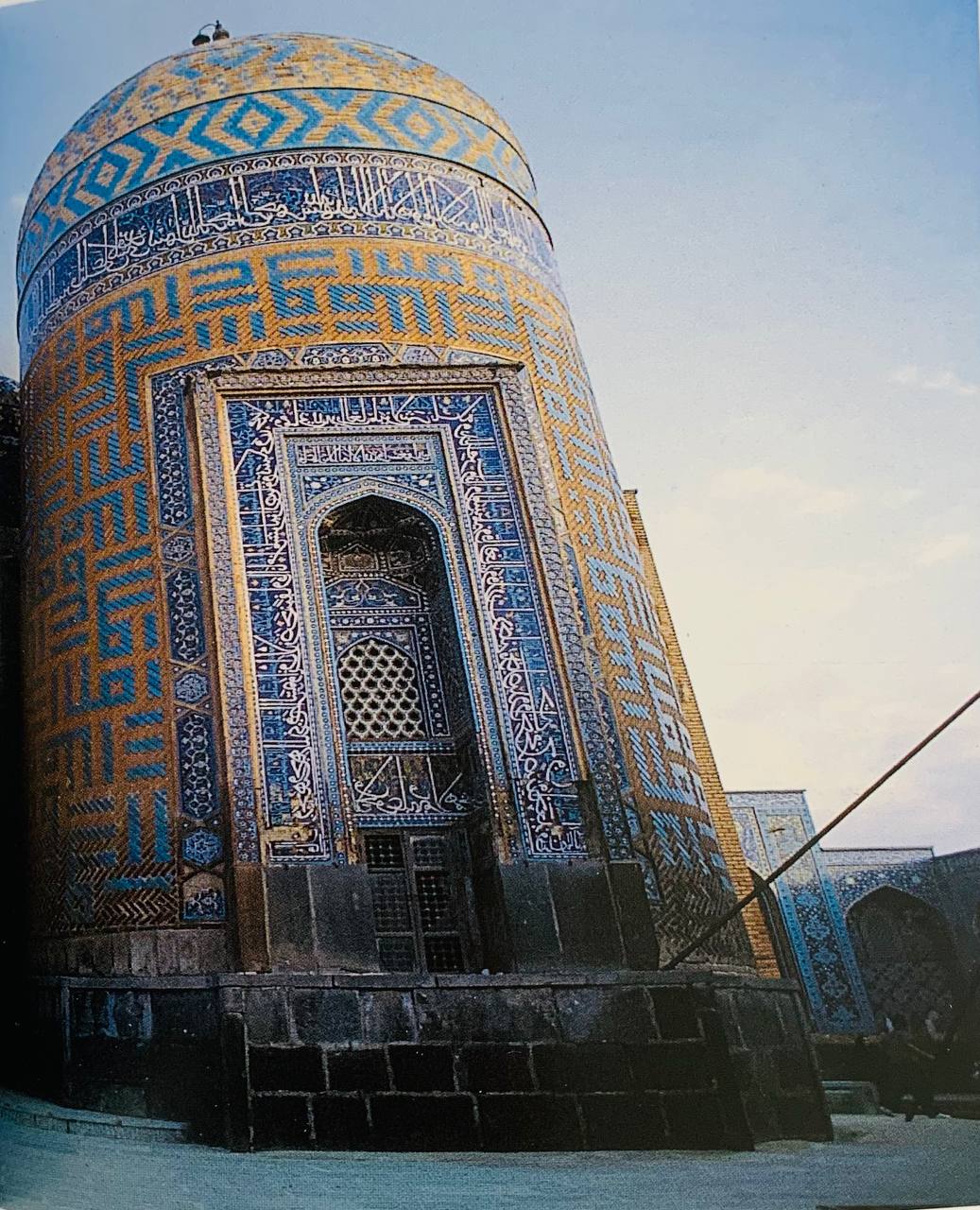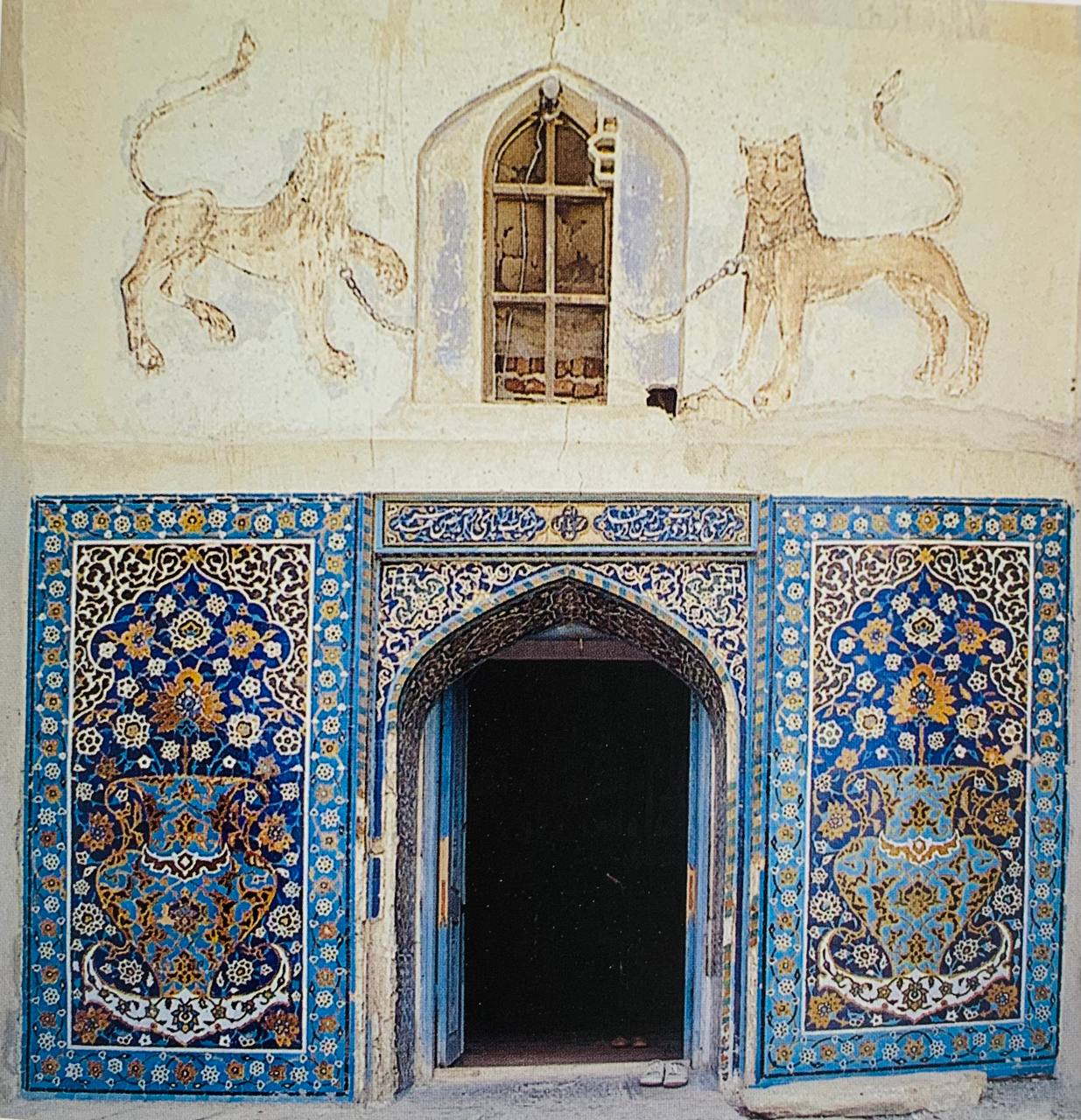Origins of the Shahsavan Nomads
Remote and mysterious, Persian carpet the origins of the peoples collectively known as Shahsavan, are common to many other peoples of Turkish stock, who today are settled in different parts of the Iranian plateau, such as the Qashqa’i. Made up of heterogeneous groups, each with its own distinct character, these old confederations still keep a strong tribal identity, and have refused to shed their Turkish culture and language in the passage of time. Origins of the Shahsavan Nomads

The oldest known record of the Shahsavan Turks goes backto the mid sixteenth Century, and was written by the Persian historian skandar Beg Munshi (1560-1632), He mentions them among the supporters and allies of Shah Abbas I, the Great (1587-1629). Although historical events showed them to be among the most active in the struggle to establish the Safavid
shahs, the Shahsavan’s roots are not on the Iranian plateau. Origins of the Shahsavan Nomads
Click on the opposite link to see precious Iranian handmade and machine combined silk carpets
Their origins must instead be traced among the peoples of the steppes: those proud horsemen, hunters and brave warriors who were constantly pushing towards the mildest and most fertile
lands of the plateau. From the sixth Century onwards, they were dangerously close to the river Oxus, placing the borders, which the Sassanid kings had established at isk. Khosraw I Anushirvan (501-519), had to deal with the dangerous Eftalites. In order to contain their expansionist ambitions, he ringed the Caspian coast with fortresses.
Among his wives was a princess of Turkish origin, and his heir Ohrmazd was also known as Turkzad, meaning ‘of Turkish stock. In the seventh Century, the advancing armies of the Arab
conquerors quickly overcame the Sassanid Persians’ defences.
They poured into the valleys and into the rich Iranian cities. and effectively stopped the advance of the Turkish people, who withdrew once more to the other side of the Oxus.
The fim rule of the first Islamic sovereigns, such as that of the Omayyid and Abbasid dynasties, discouraged any further infiltration and forced the Turks to remain in their homnelands until the tenth Century.

The steppes stretch from the Black Sea to the Himalayas and lie between the Arals and the Caspian Sea, along the Oxus and Giaxarte rivers, to the edge of Mongolia. The cold climate,
the relative scarcity of water and poor vegetation combined to make life very hard. persian Handmade carpet
Both man and beast were forced to adapt to a poor and limited diet, to dramatic scasonal changes with great variations in temperature, to bitterly cold weather and strong winds. In such a hostile environment, a nomadic life-style was nota choice for the Turkish peoples: it was a necessary adaptation to their environment. Origins of the Shahsavan Nomads
Only by continually seeking new pastures, moving on once the grazing was exhausted, and by constantly moving from one water source to another. could man and beast survive.
The prospect of a less hostile land however, continued to attract the Turkish people, From the tenth Century. many managed to reach the Iranian plateau as mercenaries, called upon to fight in the continuous power- struggles of the many potentates of the Islamic dominions.
The Turkish khans turned the friction and quarrels between one city and another to their advantage. In 926, a certain Khan Alptekin Ghaznevi, former chief of a specially-chosen guard, overthrew the rulers of the Afghan city of Ghazna and seized power. Innovative return to old carpets in Iran
He founded the oldest dynasty of Turkish origin: the Ghaznevid. which reached the height of its splendour during the reign of Mahmud of Ghazna, or Ghaznevi (969-1030).

Enlightened sovereign and lover of the arts, Mahmud of Ghazna extended his kingdom from Khorassan to Afghanistan through his carefully-chosen Turkish troops. It was from Mahmud’s court that Firdawsi wrote his famous Shahnama in a climate of relative political and economie stability.Historical changes styles of Persian carpet
Around 1000 AD, in order to control his vulnerable northern borders along the river Oxus, and to launch a series of (victorious) offensives against the Safavids, Mahmud of Ghazna brought over the first groups of Ghaz, (or Oghuz) and Khalaj.
Thesewere two of the oldest Turkish peoples, who initially settled along the banks of the Caspian Sea and in the Arals. Numerous and well-trained, the Oghuz and Khalaj soon showed a frightening spirit of independence. From their number emerged Seljuk Khan, leader and mythical founder ofthe Seljuk dynasty.
He formed an army which quickly turned its weapons against the Ghazna rulers. It is said that Mahmud’s order to dismiss, or kill a Turkish khan gave the pretext for revolt. Whether or not this is true, the Ghaznevid territories fell into Seljuk hands in 1040. They then turned their attentions westward. Persian carpet designs
The rapid Seljuk advance from city to city, reaching as far as Anatolia, was a foretaste of later Mongol conquests. Under the leadership of Khan Malikshah (1072-1092), the Seljuks completely destroyed the Khalifof Baghdad’s defences, and stretched their empire from the Oxus to Damascus, thereby threatening the borders of both the Fatimid rulers in Egypt and those of Byzantium.
The steppe art and culture of the Seljuks spread across the plateau, mixing with that of the Arab states. Patrons and devotees of both arts and sciences, the Seljuk nulers gathered astronomers, philosophers, poets and painters around them.
In religious matters, they encouraged the spread of Sufism: a movement which accentuated the mystical aspects of Islam During the years of stable Seljuk rule many Turkish clans left the steppes of Central Asia, and following in the footsteps of the first Ghaz and Khalaj, hcaded for the more fertile lands of Iran. Town carpets
This slow and methodical migration, organised by individual clans and fostered by blood-ties between groups, was mostly an autonomous movement unconnected to politics or conquest. The Turks settled in those valleys which offered the best grazing and remained there, undisturbed by the fortunes of the great Seljuk kingdom. Origins of the Shahsavan Nomads
Many of the nomads of Turkish stock, who still roam the heart of Persia today, are descended from these clans.
The Seljuk Turk dynasty was overthrown, almost without warning, by invading Mongols who poured across the Iranian plateau in 1220, killing and burning as they went. The legendary cruelty of the Mongol leader, Genghis Khan, has left its mark on the collective memory of the people of the plateau, creating an infinite number of legends.

The ashes of his invasion gave rise to the Ilkhanid rulers. Figures such as Hulagu Khan, Genghis Khan’s son, or the latter ruler Ghazan Khan, showed perseverance and far-sightedness in their efforts to encourage rebirth in Iran, together with a fusion of local and Mongol cultures. During the ensuing decades, cities such as Tabriz grew rich in splendid monuments, symbolising both economic recovery and artistic revival.
However, the desire, and indeed the necessity, to grant local peoples a high degree of autonomy, brought about a rapid collapse of the political system and offered easy pickings to a new and ambitious Mongol invader – Timur or Tamerlane.
In 1397, his conquests were concluded and from his new, magnificent capital of Samarkand, Timur welcomed ambassadors and artists from many different countries. His dynasty formed the basis for the artistic and cultural growth of Iran. In Herat and Tabriz, schools of miniature painting were founded and artistic activity of every kind flourished. The blending of traditional Persian styles and new Oriental elements produced a new, eclectic style.
